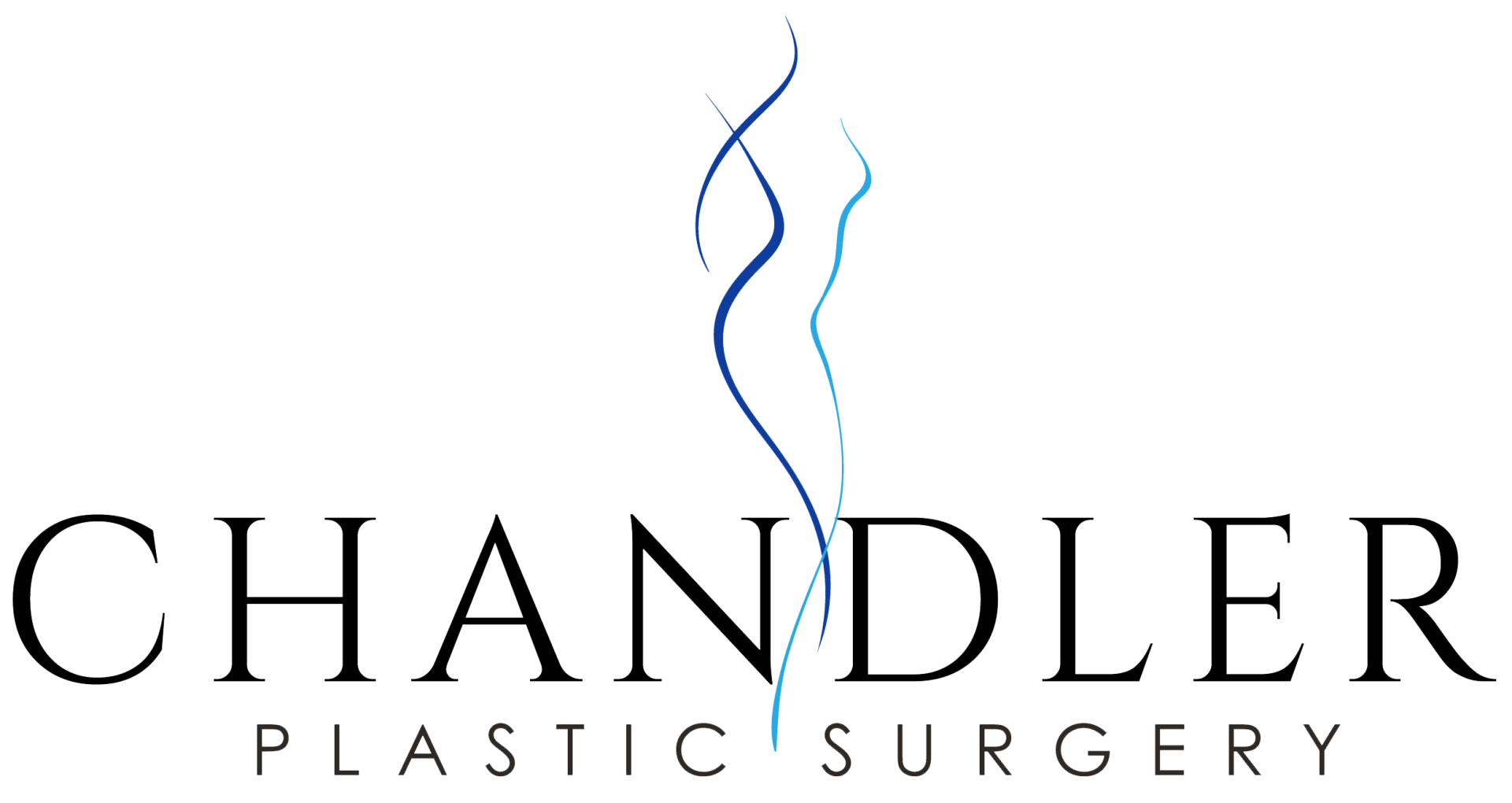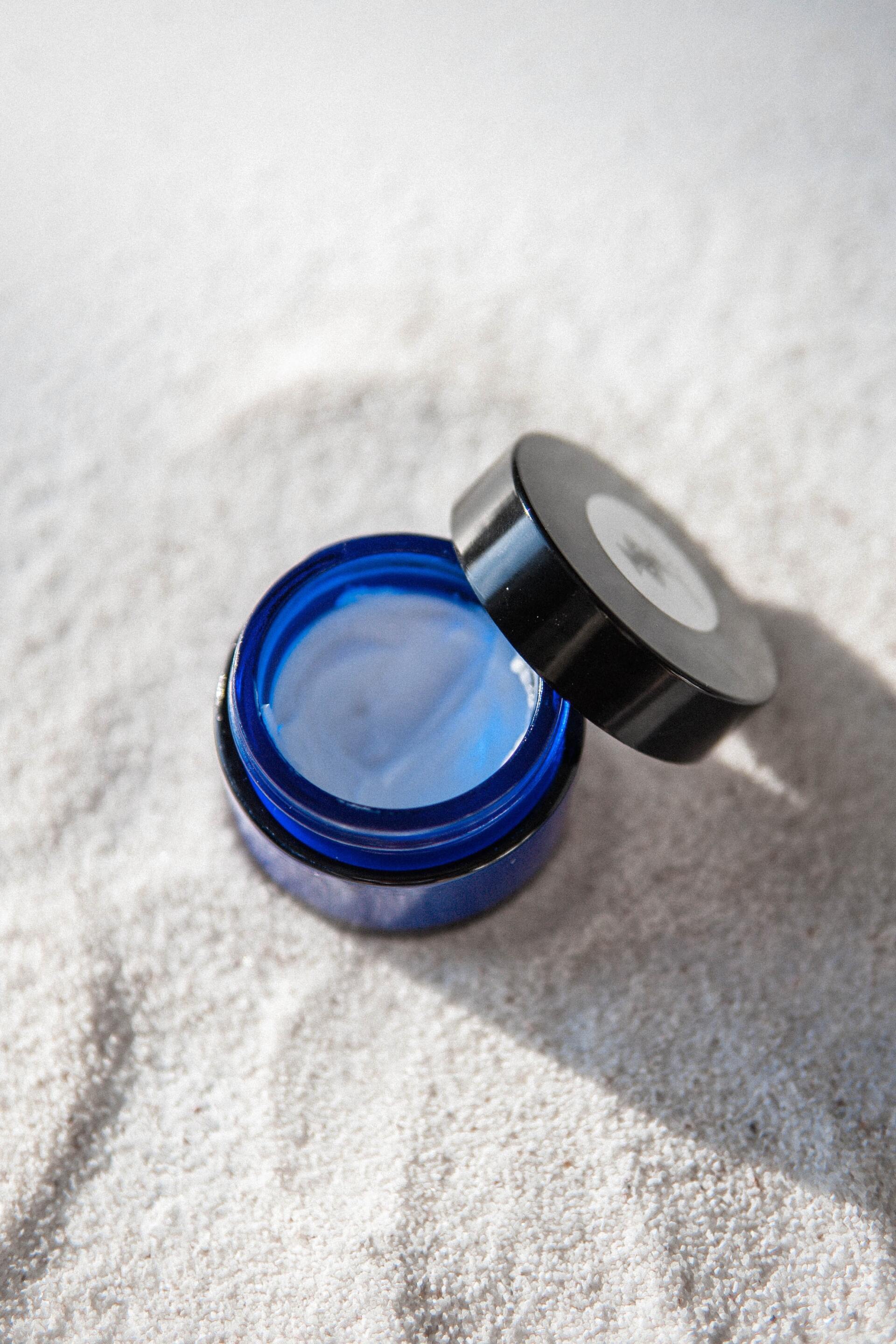First things first - follow the instructions provided by your surgeon. Every repair is slighty different, with different suture material used and different individual risk factors for developing infection or dehiscence (wound opening).
How to Care for New Scars
What is the Best Thing to do for New Scars?
What should I do right away?
Step 1 - Moisturize!
What color are your stitches? Are they black or blue - if so, you probably have permanent stitches meaning they need to come out. Are they gold, tan or clear or are they underneath the skin - if so, they are likely dissolvable stitches. Permanent stitches are always removed, usually around 5-7 days from the face, but sometimes as long as two or three weeks after repair if the area is a high tension closure or an area such as the leg, abdomen or back. Usually when I place permanent stitches on the face, I have my patients put bacitracin on the suture line 2-3 times daily starting the same day as the injury, because keeping the suture line moist is key to initial healing. Not only is the entire construct of our skin based on moisture, your body needs that moisture to perform basic skin repair functions. You only want to use a basic ointment for this initial period of moisturization like bacitracin, neosporin, aquaphor or vaseline. Ointments are more moisturizing than creams, and creams sometimes have ingredients that could irritate a healing incision. When your incision is fresh, you have to be careful what comes into contact with it. Ideally only sterile ointments should touch your incision. When I use dissolvable stitches, I usually use steri strips to cover the incision, which provides occlusion of the scar and also allows the incision to stay moist under the strips, while not requiring any maintenance by the patient (no need to apply ointment daily but still providing moisture to the healing incision).
Step 2 - Silicone
Silicone therapy is one of the only evidence-proven treatments for scars. It's not expensive. But it works. Stay away from brand name scar creams. Unless they have silicone in them, they probably don't work any better than vaseline, because anything that moisturizes a scar is likely going to improve the scar's appearance.
We don't actually know exactly how silicone therapy works, but we have some theories, and we have shown through evidence that scars improve significantly with this treatment. The theories are as follows:
- Silicone occludes scars. It prevents a scar from growing (becoming "hypertrophic"). No one wants a scar that is raised or thick in appearance - silicone presses down on the scar so that over time it resists the tendency to grow or thicken.
- Silicone hydrates scars. It acts as an impermeable membrane (essentially a complete occlusive cover) that keeps the skin hydrated. It prevents water from evaporating through the silicone, keeping as much moisture as possible in the area that needs it. Providing moisture to cells like your keratinocytes (the main cell in the top layer of your skin that forms the structure of your skin) increases signals in your skin that control function of cells that are in charge of healing and producing collagen (fibroblasts).
How do you get silicone? Go to CVS or your local pharmacy and pick up something called "silicone tape" or "silicone gel". There should be only one or two ingredients, one of which is silicone dioxide. Scar Away is a reliable brand that makes the gel and tape. The recommendation is to use silicone for 12 hours per day on the scar. You should not start the therapy until the wound is completely healed with no scabby areas or areas that look wet. The scar should be completely dry and perfectly healed (usually about 3 weeks after injury assuming a well-healed scar). Ask your physician before you start silicone. You cannot use silicone on an open incision or an incision that is too recently healed.
Step 3 - Scar Massage
Once the scar is well healed (no open areas, no scabs, completely dry), try and massage your scar for 10 minutes a day, or twice daily for 5 minutes each. Make it part of your morning and nighttime routine, and feel free to perform additional massage during the day if you can find the time. Put some vaseline or aquaphor on your finger and perform massage in circular motions using one finger, while putting some firm pressure on the incision. The ointment helps avoid friction while performing the massage. The idea is that you are physically breaking up scar tissue as it develops, preventing that scar from becoming too raised. You do NOT want to do this if your wound hasn't healed completely, but once it has healed and is completely closed, this type of massage is not going to hurt anything. Usually a week or two after healing is complete it is fine to start scar massage.
Step 4 - Stay Away From The Sun
Your scar will be extremely sensitive to the sun for up to a year after the initial injury. If you were to get a sunburn on that new scar, it could become permanently red or discolored, even if the sunburn happens months after the injury. You should use a sunscreen with an SPF of at least 50 or higher during any prolonged sun exposure, and a slightly lower SPF on a daily basis for any intermittent exposure, even if it is just a few minutes here and there. After one year, you can treat your scar as you would the rest of your skin.
The best type of sunscreen to use is a sunscreen that contains mineral ingredients like
zinc oxide
and titanium dioxide, which act as a protective barrier on top of your skin but are not absorbed by your skin. Other chemical sunscreens may contain ingredients that are absorbed and even have the potential to cause systemic effects when applied in large quantities. Chemical ingredients include oxybenzone, avobenzone, octinoxate, homosalate, octisalate and octocrylene.




